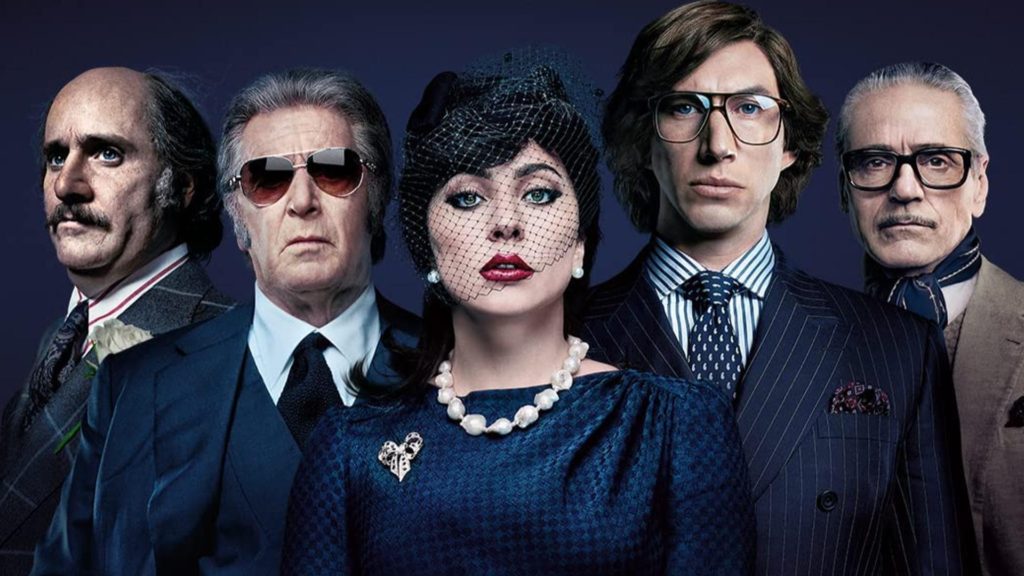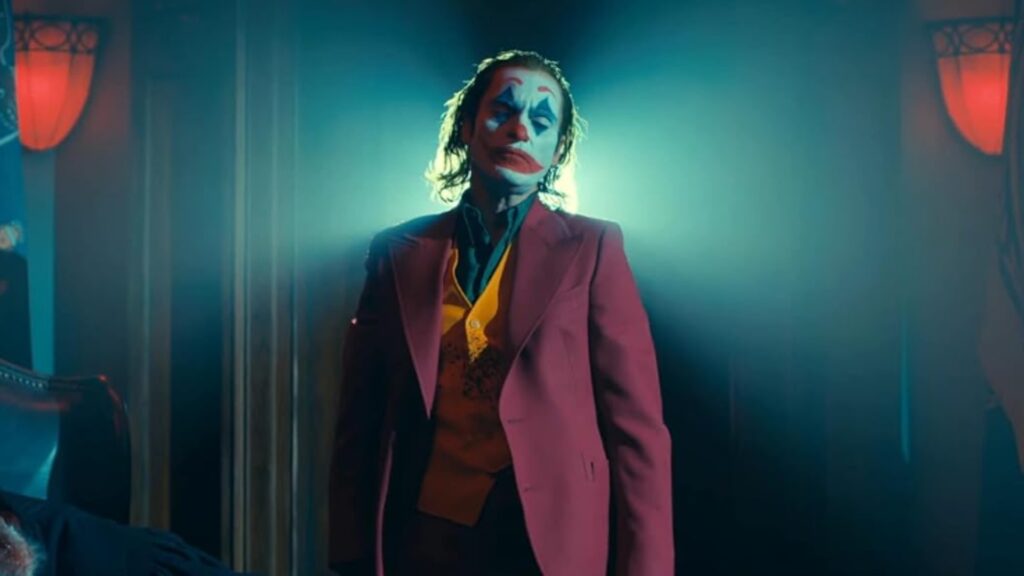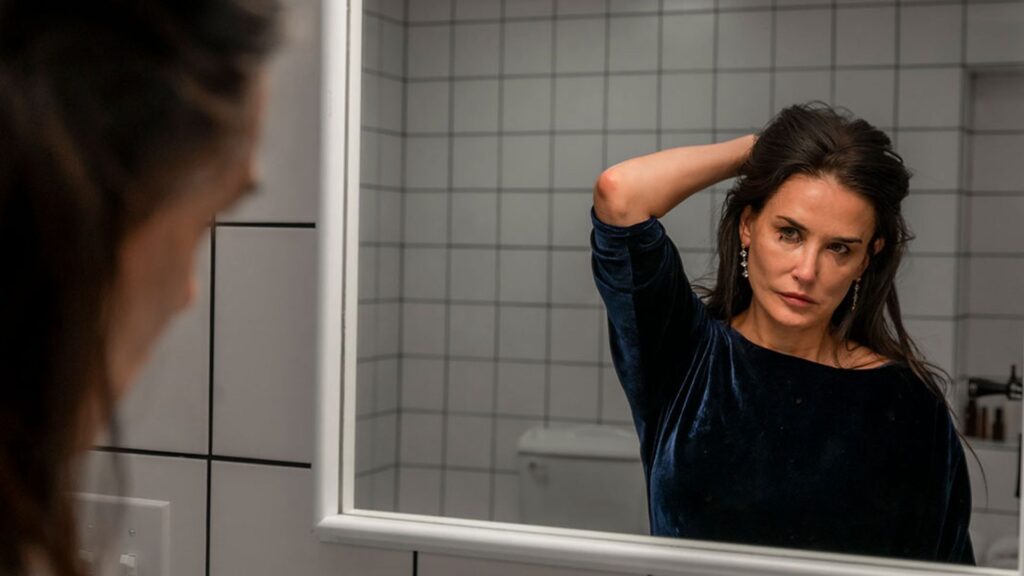House of Gucci Quicktake: Committed Performances, Tonally At Odds with Itself, & Way Too Long
Heading into the fall, House of Gucci was one of award season’s most buzzworthy contenders. Director Ridley Scott’s Oscar hopeful has the perfect combination of elements to grab moviegoers and awards voters’ attention.
House of Gucci features a star-studded cast, a shocking story ripped from real-life headlines and Scotts critically acclaimed filmmaking pedigree. If that’s not enough to sell viewers on the film, there’s also House of Gucci’s stylish trailers, framing it as a devilishly gaudy tale of sex, money and power. Between Lady Gaga’s go-for-broke Italian accent and Jared Leto’s Karl Havoc-level facial prosthetics, House of Gucci looked poised to be 2021’s most memeable film.
So to my surprise, House of Gucci pulls a bait and switch. The movie I screened yesterday morning didn’t match the same vibe I got from the trailers. It’s like preparing yourself to watch Boogie Nights and getting Phantom Thread instead.

That’s fine with me. I don’t review films based on what I expect them to be. Instead my criticism interrogates the work the artist delivers. That being said, the audience needs to know this isn’t the coked-up ‘80s melodrama promised in the trailers.
Set during the 1980s, House of Gucci chronicles the real-life account of the squabbling family behind the renowned fashion empire. The story centres on an ambitious young woman named Patrizia Reggiani (Lady Gaga). Patrizia comes from a modest working-class family, but she finds herself in a whole new world after a chance encounter with Gucci empire scion Maurizio Gucci (Adam Driver).
Maurizio doesn’t want any part of running the family business. Instead, he’s studying to become a lawyer, and he’s willing to do his own thing (including marrying Patrizia) with or without his family’s blessing. But once Patrizia sets her sights on Maurizio, both their fortunes change. Patrizia persuades Maurizio to take a more prominent role in the family business.

Although Maurizio means well initially, he and Patrizia end up backstabbing their way to the top of the company. Burning all those bridges comes at a price, and before long, one of Maurizio’s enemies makes it their mission to exact their revenge.
You can’t discuss House of Gucci without addressing the stacked cast. The film’s trailers framed the movie like the fashion world’s Game of Thrones, but with a handful of camptastic performances.
So naturally, I expected Al Pacino to be the film’s MVP. In 2021 you could cast Pacino in a Shindler’s List remake, and he’s still going to show up doing all kinds of wild-eyed, raspy-throated Al Pacino things. Although there is a moment where Pacino’s Aldo Gucci blows his top, to my surprise, the screen legend turns in some of his most grounded acting in years. Aldo Gucci comes off as one of House of Gucci’s more compelling characters, and it’s a shame he doesn’t receive more screen time.
On the other hand, Jared Leto’s Paolo Gucci delivers as promised in the trailers. Leto’s cranked-up performance is more caricature than character and feels out of tune with most of the cast. Watching Paolo Gucci operate onscreen is like seeing one of Cecily Strong’s SNL characters running around an episode of The West Wing.

There’s an odd tension between the movie’s two leads, Lady Gaga and Adam Driver, making them feel out of sync. Gaga’s Patrizia performance comes from the school of go big or go home. I’m not going to lie, most often, Patrizia sounds more like Count Chocula than a native Italian. You can overlook Gaga’s bizarre vocal inflections thanks to her magnetic screen presence. I never got over the harsh line readings so much as I learned to roll with them.
Driver goes another route, aiming for subtle and understated. He’s an island of stability in a stormy sea. Plenty is going on beneath the surface of this complicated character, and what he’s thinking is rarely obvious, unlike Patrizia, who simmers and explodes. The duo may occupy the same scenes, but it rarely feels like they’re operating on the same wavelength.
One area where the film consistently excels is Janty Yates’ lavish costume design. The only thing more colourful than Leto’s performance is Paolo Gucci’s garish wardrobe. Cinematographer Dariusz Wolski tones down these potential eyesores by utilizing a muted colour palette. The desaturated visuals give the period film a washed-out look reminiscent of a distant memory.

I won’t call House of Gucci bad or even dull. I’m lukewarm on it. Even though it’s longer than it needs to be, at a whopping 157 minutes, the movie never bored me (it peaks at mildly entertaining).
Scott shows little interest in the glitz and glamour of the fashion industry and its larger-than-life trendsetters. All that’s left is a plodding crime thriller that’s light on actual thrills.
The movie doesn’t use its bloated runtime to build towards something spectacular or even satisfying. The narrative doesn’t rocket forward so much as drift from scene to scene. Ultimately, House of Gucci ends up in an awkward no man’s land. It lacks the dramatic weight of a tragedy, the intrigue of a drama, and the scathing insights of a social critique.
In the end, this movie about fashion industry royalty somehow lacks panache.

Let me know your thoughts about House of Gucci on Twitter and in the comments below. If you enjoyed this review, please help out the site by sharing it on social media. And keep coming back to VSR for new reviews, interviews, and videos.


